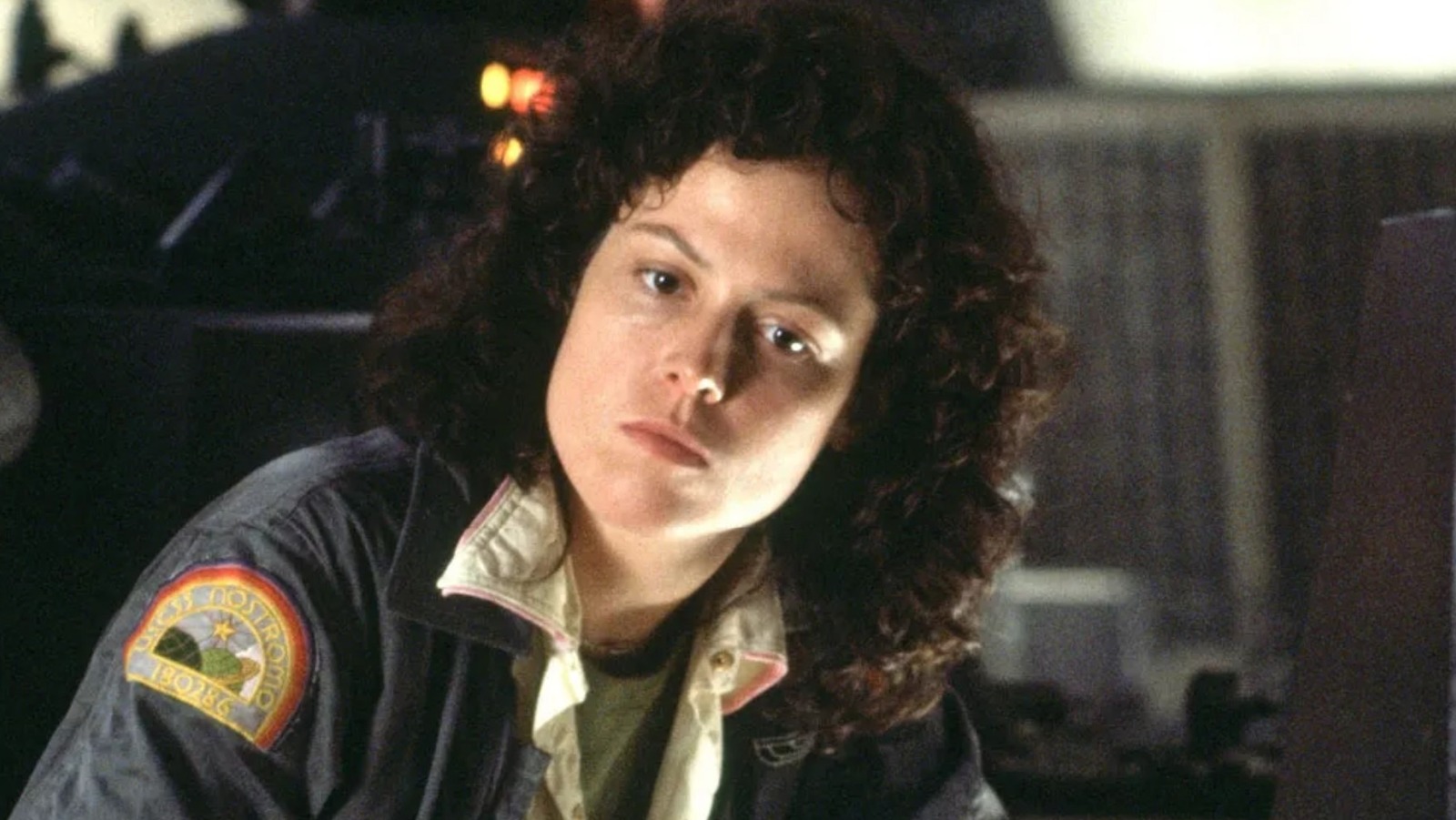Physical Address
304 North Cardinal St.
Dorchester Center, MA 02124
Physical Address
304 North Cardinal St.
Dorchester Center, MA 02124

It’s hard to believe, but the “Alien” franchise has spanned over 45 years since Ridley Scott introduced it in 1979 with the original “Alien.” Since then, we’ve seen numerous sequels, prequels, and spin-offs. While some installments, like “Alien 3,” may have disappointed fans, others, like “Alien: Romulus,” have impressed them. Despite the franchise’s ups and downs, audiences remain intrigued by the next horror the xenomorph will bring.
After all these years, the movies that laid the foundation of this universe look different now. Scott’s “Alien” remains a brilliant piece of work, yet watching it today reveals its influence on other sci-fi properties. James Cameron’s sequel “Aliens” is just as entertaining now as it was in 1986, even though we know the fates of the characters. Rewatching “Alien” and “Aliens” now is like revisiting an old vacation spot; everything feels familiar but has an undeniably surreal quality that things have changed.
“Alien” begins with a long, tracking shot that goes through the belly of the Nostromo, revealing the crew’s cryopods. This captivating opening establishes a sense of being part of the film’s world. Even though the technology looks retro today, the human behaviors pull you out of the immersion slightly, especially the constant smoking.
Filmed when smoking was still common in public spaces, the movie is set in 2122 but reflects late ’70s culture. Numerous scenes feature the crew lighting up cigarettes, adding ambiance but also standing out awkwardly today. Smoking inside a spaceship seems implausible, raising questions about the film’s realism, despite its futuristic setting.
While CGI can be amazing, rewatching “Alien” emphasizes how much practical effects enhance the film. The camera’s journey through the ship’s halls makes the atmosphere and texture feel real, grounding viewers in its world. This realism extends to the sets and props, creating some of the film’s most memorable moments.
Scenes like the space jockey sequence and interactions with the ship’s computer create tactile experiences that CGI can rarely replicate. The iconic chest-burster scene highlights the value of practical effects. “Alien” makes you realize how heavily modern films rely on CGI, making a case for a return to practical, physical visuals.
The unforgettable props and sets in “Alien” owe much to designer H.R. Giger. Before “Alien,” Giger was an obscure Swiss artist. Without him, we’d have no xenomorph or other iconic space horrors. Today, while more people recognize the xenomorph than Giger’s name, his designs predate “Alien” by several years.
Giger’s 1976 painting “Necronom IV” depicted a creature combining organic and synthetic parts. Ridley Scott, influenced by Giger’s work, brought him into the production of “Alien.” The spaceships and aliens in “Alien” owe their existence to Giger, and his influence can be seen in other movies and video games. Watching “Alien” today feels familiar, given Giger’s broad impact on the genre.
Decades after its release, most fans remember two iconic “Alien” characters: the xenomorph and Ripley (Sigourney Weaver). Ripley’s status as a sci-fi heroine has only grown with each sequel. Despite other successful entries in the series, Ripley remains crucial to the “Alien” mythology.
Watching “Alien” now, Ripley’s introduction is even more delightful due to her eventual importance. At first, she is a background character with few speaking lines. The film initially leads viewers to believe Kane (John Hurt) is the protagonist. Ripley’s rise to center stage happens naturally, transitioning her from a frightened crew member to the ultimate survivor—a journey amplified even more by her evolution into a heroine in the sequels.
The scene where the Nostromo crew explores the crashed ship on LV-426 is one of the franchise’s most haunting moments. The massive scale of the ship emphasizes the tiny humans inside. The space jockey’s corpse induces both terror and curiosity. For decades, fans wondered about its origins and its connection to the xenomorphs.
Ridley Scott addressed some of these questions with the prequels “Prometheus” and “Alien: Covenant,” which delve into the backstory of the Engineers, the space jockeys’ race. Despite the added lore, a sense of mystery lingers. Although Scott had plans for further exploration in a third prequel, “Alien: Awakening,” it seems unlikely to materialize. These insights add a layer to the original scene, but some fans may miss the earlier enigma.
In “Alien,” the crashed ship on LV-426 teems with xenomorph eggs, but the film never explains their origin. A deleted scene reveals that the xenomorph wasn’t simply killing the Nostromo crew; it was transforming them into more eggs. This insight resolves a plot hole but introduces a larger issue.
James Cameron’s sequel “Aliens” introduces the concept of the xenomorph queen, who lays eggs. This contradicts the implication from the deleted scene of the first movie. Cameron, aware of the deleted scene, chose to go in a different direction. His decision adds complexity, making the xenomorph lifecycle more terrifying. Despite these inconsistencies, the mystique surrounding the creatures only grows.



